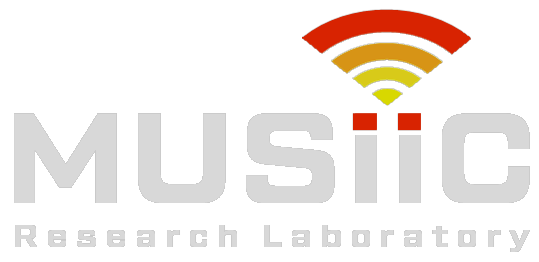- Chen, Changfan, et al. “Ultrasound thermometry using an ultrasound element and deep learning for HIFU.” 2019 IEEE International Ultrasonics Symposium (IUS). IEEE, 2019.
- Kim, Younsu, et al. “Low-cost ultrasound thermometry for HIFU therapy using CNN.” 2018 IEEE International Ultrasonics Symposium (IUS). IEEE, 2018.
- Kim, Younsu, et al. “CUST: CNN for Ultrasound Thermal Image Reconstruction Using Sparse Time-of-Flight Information.” Simulation, Image Processing, and Ultrasound Systems for Assisted Diagnosis and Navigation. Springer, Cham, 2018. 29-37.
- Audigier, Chloé, Younsu Kim, and Emad Boctor. “A Novel Ultrasound Imaging Method for 2D Temperature Monitoring of Thermal Ablation.” Imaging for Patient-Customized Simulations and Systems for Point-of-Care Ultrasound. Springer, Cham, 2017. 154-162.
The speed of sound and attenuation of ultrasound waves varies with the temperature, so temperature can be measured using those ultrasound physical properties. We developed an ultrasound thermal monitoring method for HIFU using an external ultrasound element. The system only requires simple hardware additions such as the external ultrasound sensor and computation units, providing a temperature monitoring method at a reduced cost. However, since we use only few external ultrasound sensors, the collected time of flight information is sparse. Moreover, the thermal image reconstruction highly depends on the ultrasound element locations and its accuracy could be highly deteriorated with certain sensor locations. We propose to reconstruct thermal images using a neural network. As this method can learn the heat evolution from a large amount of data set, it could be less sensitive to the ultrasound element location.
A novel imaging method for temperature monitoring is proposed based on the injection of virtual US pattern in the US brightness mode (B-mode) image coupled with biophysical simulation of heat propagation. This proposed imaging method does not require any hardware extensions to the conventional US B-mode system. The main principle is to establish a bi-directional US communication between the US imaging machine and an active element inserted within the tissue. A virtual pattern can then directly be created into the US B-mode display during the ablation by controlling the timing and amplitude of the US field generated by the active element. Changes of the injected pattern are related to the change of the ablated tissue temperature through the additional knowledge of a biophysical model of heat propagation in the tissue. Those changes are monitored during ablation, generating accurate spatial and temporal temperature maps.
